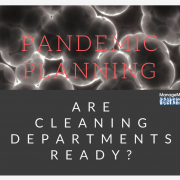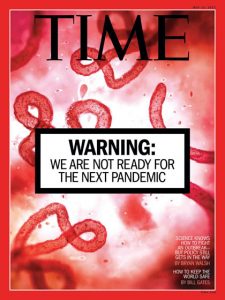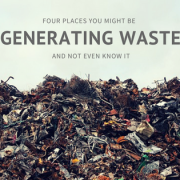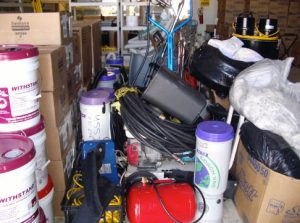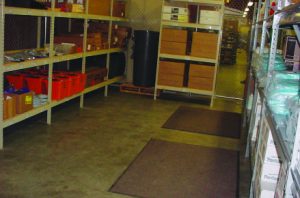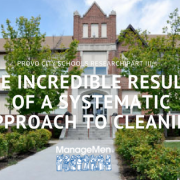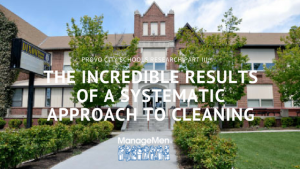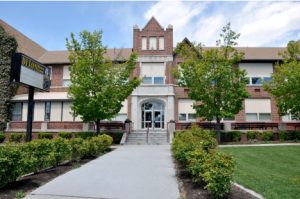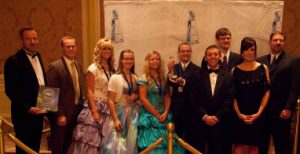Why Cleaning Professionals Are Flocking to Janitor University
You know that feeling you get when you step off a roller coaster? That disoriented moment when you try to collect your thoughts because the rush was so incredible that “what’s next” becomes secondary to “wow, I can’t believe that just happened.”
That’s us right now, coming off a high from one of the best weeks of Janitor University (JU) in its almost 25-year history. We had the largest class in several years, with a diverse group of attendees joining us from academia, government agencies, laboratories and building service contractors. Some attendees were taking refresher courses to earn their masters or professor certificates, but we also hosted a lot newcomers to the class. Why is this exciting? Because it tells us that many professionals are interested in learning how to manage cleaning in a way that promotes a healthy indoor environment rather than polluting the indoors by spreading around dirt through ineffective products and practices.

As students get settled in on the first day, we talk through the current issues in the industry and why a standardized approach to cleaning is so important.
Since we’re regularly out in the field working one-on-one with managers, janitors and custodians, we have a lot of great images and stories that bring these points to life. The most important lesson during the first day of class is the stigma attached to cleaning and how we need to work in a way that brings professionalism to the industry and pride to the individuals performing the work. tThe first day of this course sets up the next day where we defined what a high performance cleaning system looks like.
On the second day of the program, we review the four most important functions of cleaning management. This includes:
1) Daily kitting and how to monitor the amount of solution and product used by custodial workers.
2) Tracking communication for complaints, requests, mistakes and compliments.
3) Practical tracking of equipment use in order to plan for preventative maintenance.
4) Performing quality assessments internally based on process factors. We like to call this “quality assessments without the white glove.”

Another great piece students to JU enjoy is the work loading exercise. Recognizing that most cleaning professionals can’t agree on a common-set of work loading terms, we distill the components into a game to help simplify the principles behind work loading. Because, simplification! Beyond all the knowledge and education, attendees also benefit from the networking that happens during the event. We regularly hear stories from people who develop professional contacts and friendships that last long after Janitor University is over.
All attendees are encouraged to sign up for the class at least once every three years, because we’re regularly updating the curriculum so it reflects the current recommended best practices for cleaning.
Albert Einstein once said, “The measure of intelligence is the ability to change.” As an industry, we have to get smarter and change the way we’re cleaning our buildings. If the students to last week’s JU are any indication, we’re on the way. We’ve had more than 2,000 people complete the program over the years, and attendees regularly tell us that JU is the most comprehensive cleaning management curriculum they’ve seen.
If you’re interested in participating in an upcoming Janitor University, stay tuned! We’ve got exciting news as we’ll be taking JU on the road in 2018. We are looking for more ways to enable cleaning professionals to participate in our courses, so we hope you’ll join us!

SaveSave

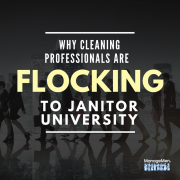

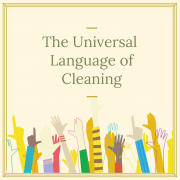
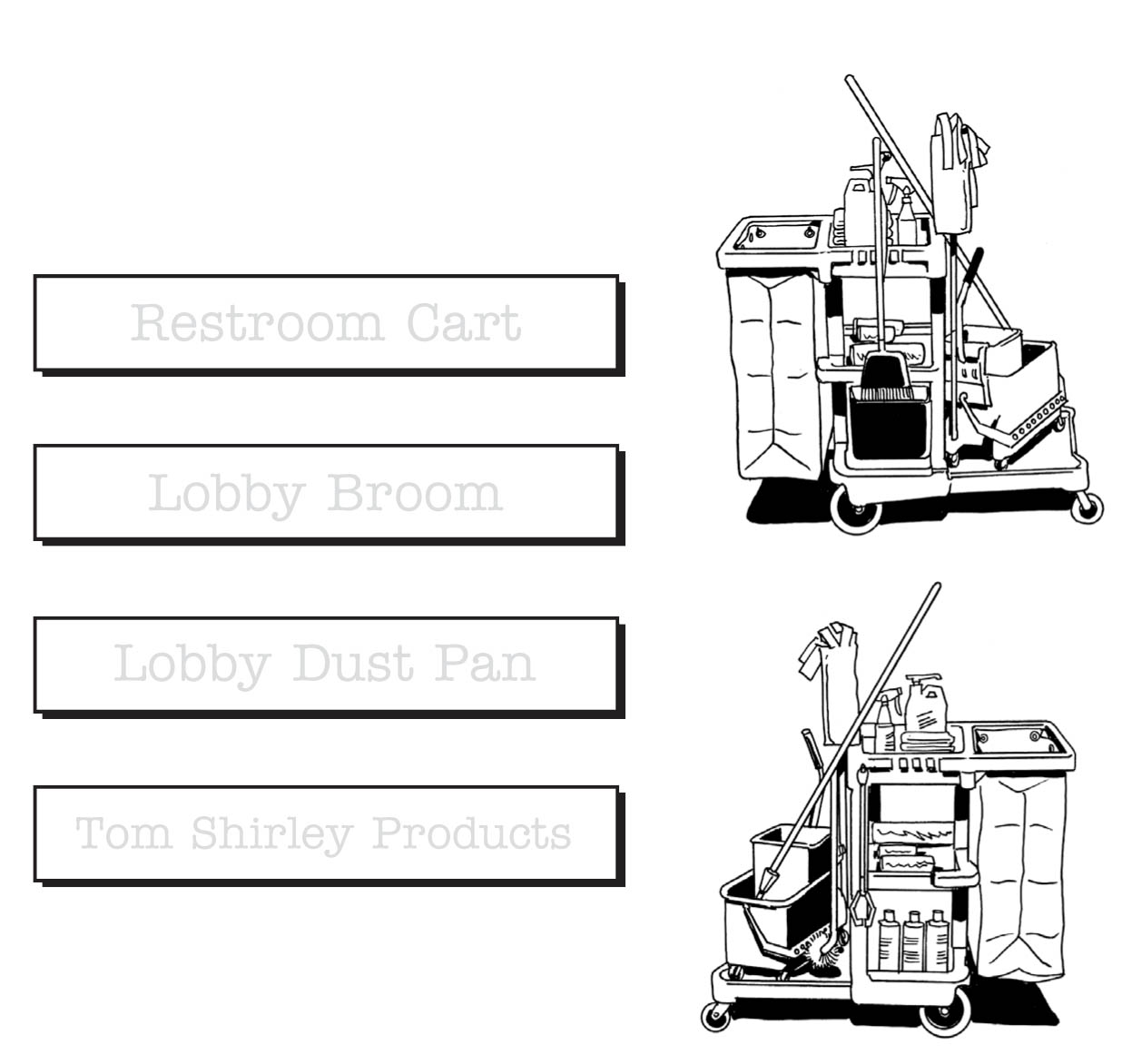


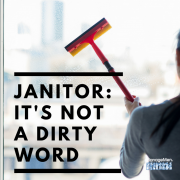

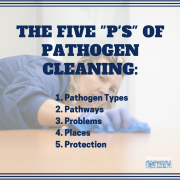
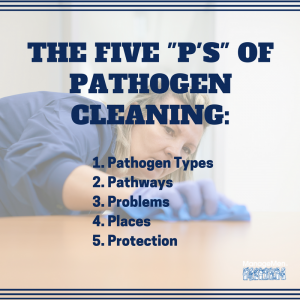 uts or abrasions and who do not use protective gloves can be at higher risk of exposure.
uts or abrasions and who do not use protective gloves can be at higher risk of exposure.